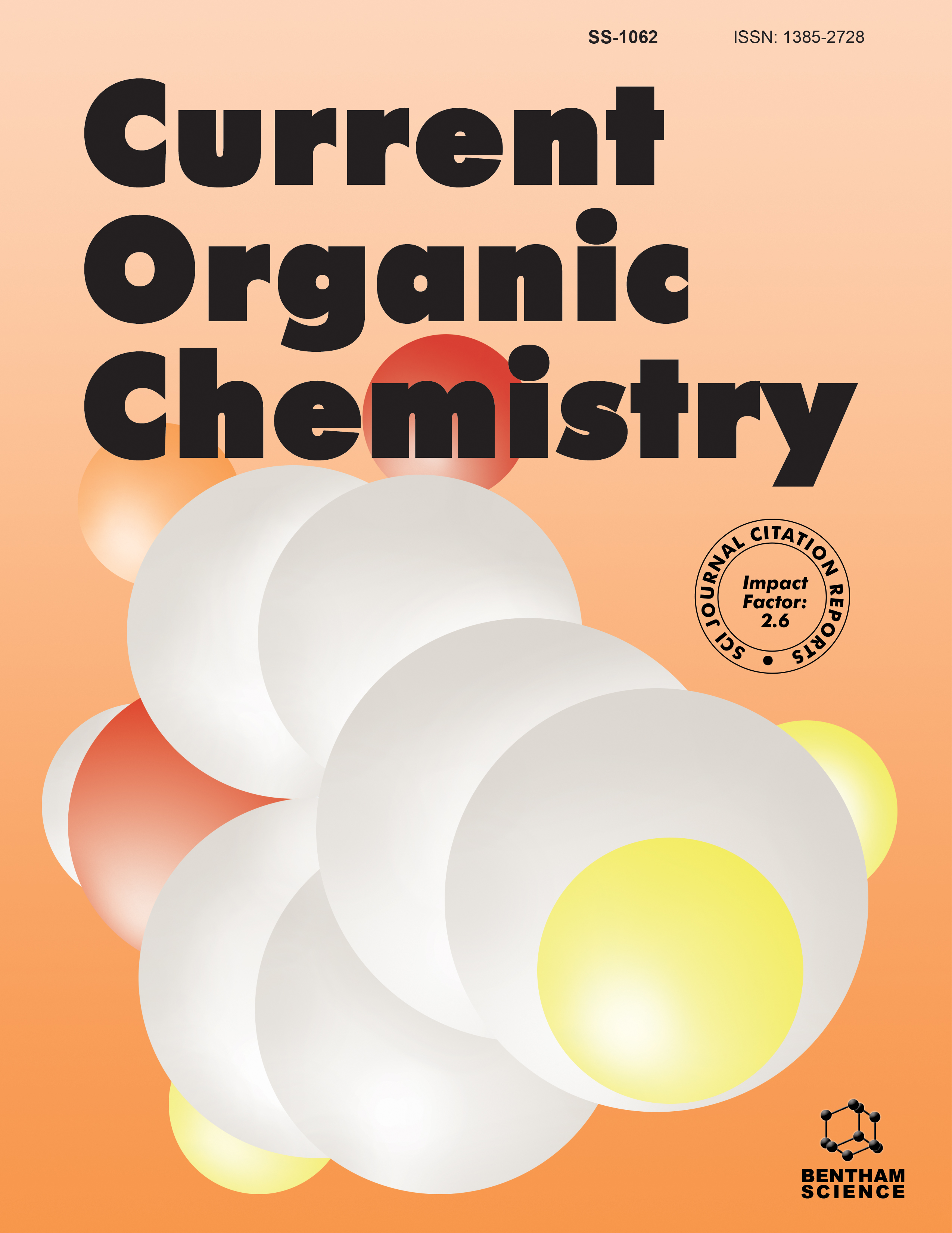- Home
- A-Z Publications
- Current Organic Chemistry
- Previous Issues
- Volume 10, Issue 6, 2006
Current Organic Chemistry - Volume 10, Issue 6, 2006
Volume 10, Issue 6, 2006
-
-
Editorial [Hot Topic: Current Organic Chemistry Devoted to Carbohydrate Chemistry (Guest Editor: Zbigniew J. Witczak) ]
More LessWelcome to the fifth special issue of Current Organic Chemistry devoted to carbohydrate chemistry.1-5 As we witness unprecedented growth and interest in the subject, from the introduction of glycobiology through the molecular recognition of carbohydrates, and their supramolecular chemistry, the idea to continue to cover these diversified topics is one of the great temptations. The aim is to present authorative overvi Read More
-
-
-
From Exocyclic-Olefinic Carbohydrate Derivatives to Functionalized Carbocyclic Compounds
More LessAuthors: Jian Zhou, Guannan Wang, Li-He Zhang and Xin-Shan YeAs the structural constituents of many naturally occurring molecules, synthesis of functionalized carbocyclic derivatives has been widely investigated. Among numerous approaches to construct carbocyclic compounds, there is an efficient way of forming carbocyclic derivatives by the use of various monosaccharides as chiral building blocks. In this review, synthetic conversions to functionalized carbocyclic compounds f Read More
-
-
-
Sugar Derived Crown Ethers and Their Analogs: Synthesis and Properties
More LessAuthors: Slawomir Jarosz and Arkadiusz ListkowskiReceptors with the sugar unit incorporated into the macrocyclic structure - their synthesis and complexing abilities - are reviewed. The receptors with the disaccharide moieties (although such derivatives are rare) including sucrose are also described in this review.
-
-
-
Major Groove Recognition of DNA by Carbohydrates
More LessAuthors: Bert Willis and Dev P. AryaBecause of the number of distinguishable interactions within the DNA major groove, there is considerable interest in discovering the governing factors involved in DNA recognition. Carbohydrates represent a class of DNAinteractive agents capable of binding the major groove due to their size and intricate distribution of hydrophobic and hydrophilic interactions within their molecular structure. To date a limited number of ca Read More
-
-
-
Carbohydrate Chemistry for RNA Interference: Synthesis and Properties of RNA Analogues Modified in Sugar-Phosphate Backbone
More LessThe recent discovery of RNA interference (RNAi) as an efficient and naturally occurring mechanism of gene regulation has revitalized interest in chemically modified RNA analogues. For potential in vivo applications, either in preclinical settings or as therapeutic agents, small interfering RNAs (siRNAs) will require chemical modifications to finetune the thermal stability and increase potency, cellular uptake, and in vivo half-life of Read More
-
Volumes & issues
-
Volume 29 (2025)
-
Volume 28 (2024)
-
Volume 27 (2023)
-
Volume 26 (2022)
-
Volume 25 (2021)
-
Volume 24 (2020)
-
Volume 23 (2019)
-
Volume 22 (2018)
-
Volume 21 (2017)
-
Volume 20 (2016)
-
Volume 19 (2015)
-
Volume 18 (2014)
-
Volume 17 (2013)
-
Volume 16 (2012)
-
Volume 15 (2011)
-
Volume 14 (2010)
-
Volume 13 (2009)
-
Volume 12 (2008)
-
Volume 11 (2007)
-
Volume 10 (2006)
-
Volume 9 (2005)
-
Volume 8 (2004)
-
Volume 7 (2003)
-
Volume 6 (2002)
-
Volume 5 (2001)
-
Volume 4 (2000)
Most Read This Month
Article
content/journals/coc
Journal
10
5
false
en


